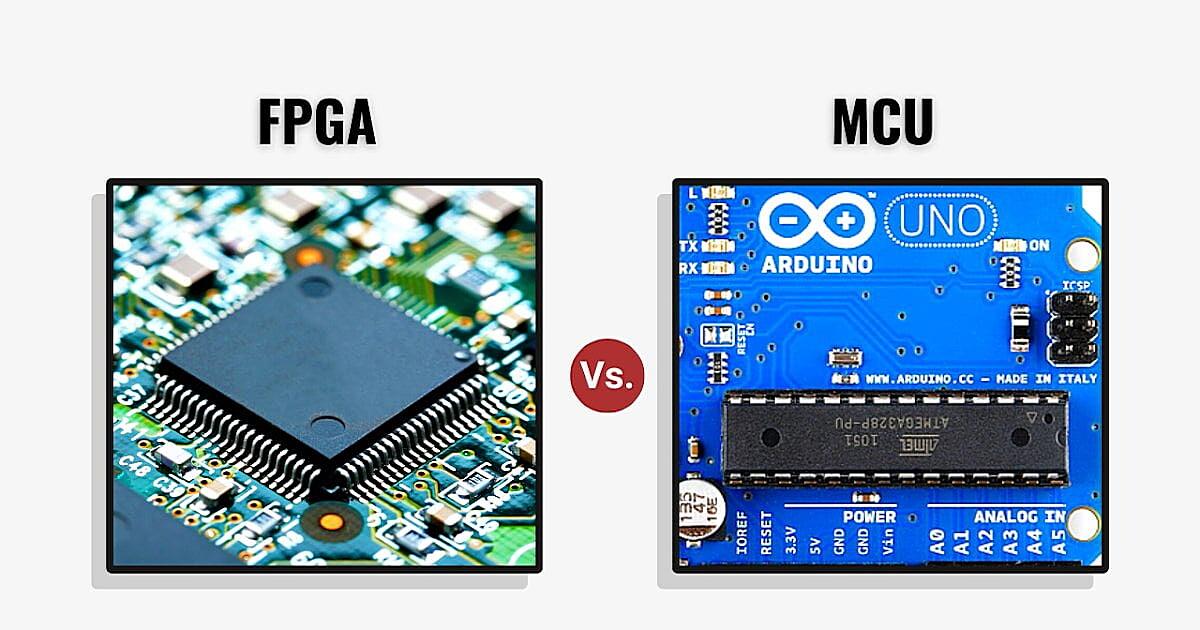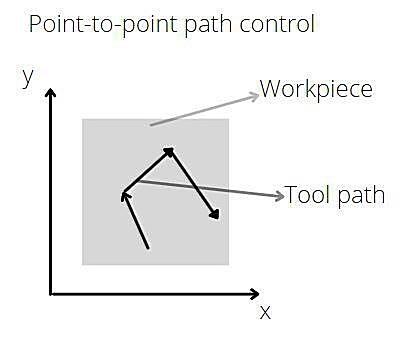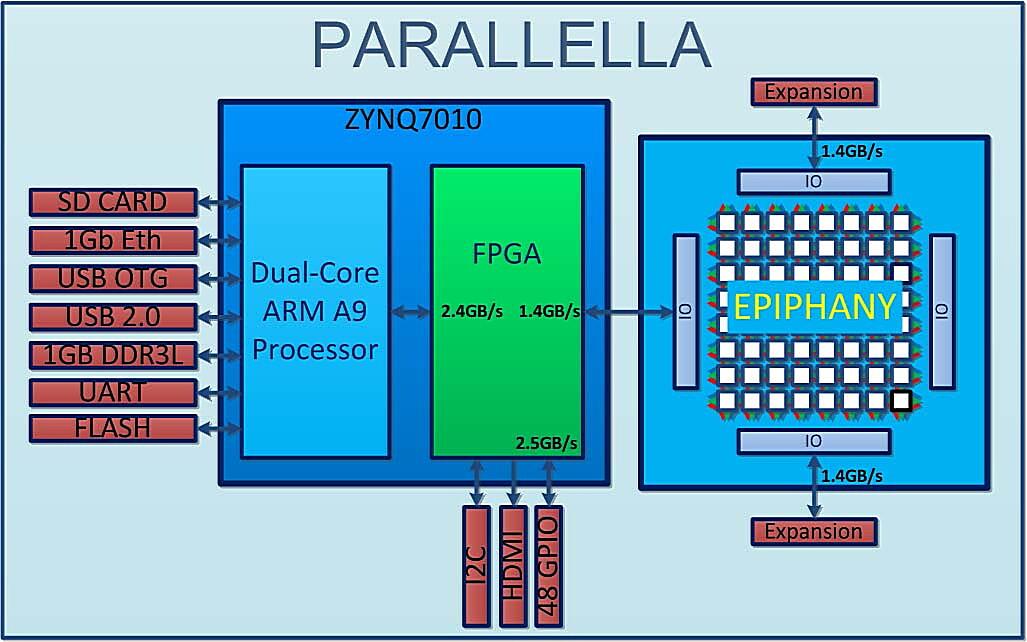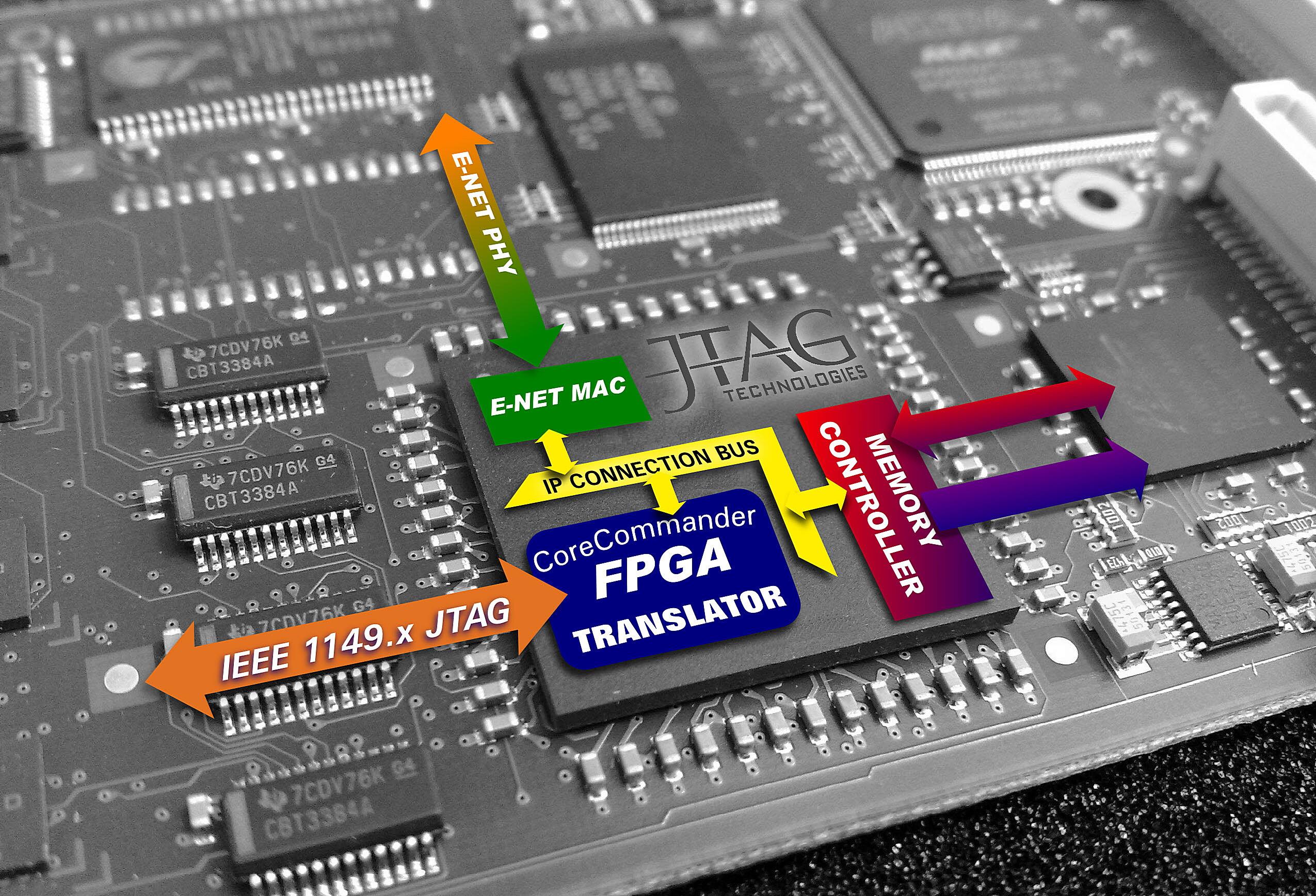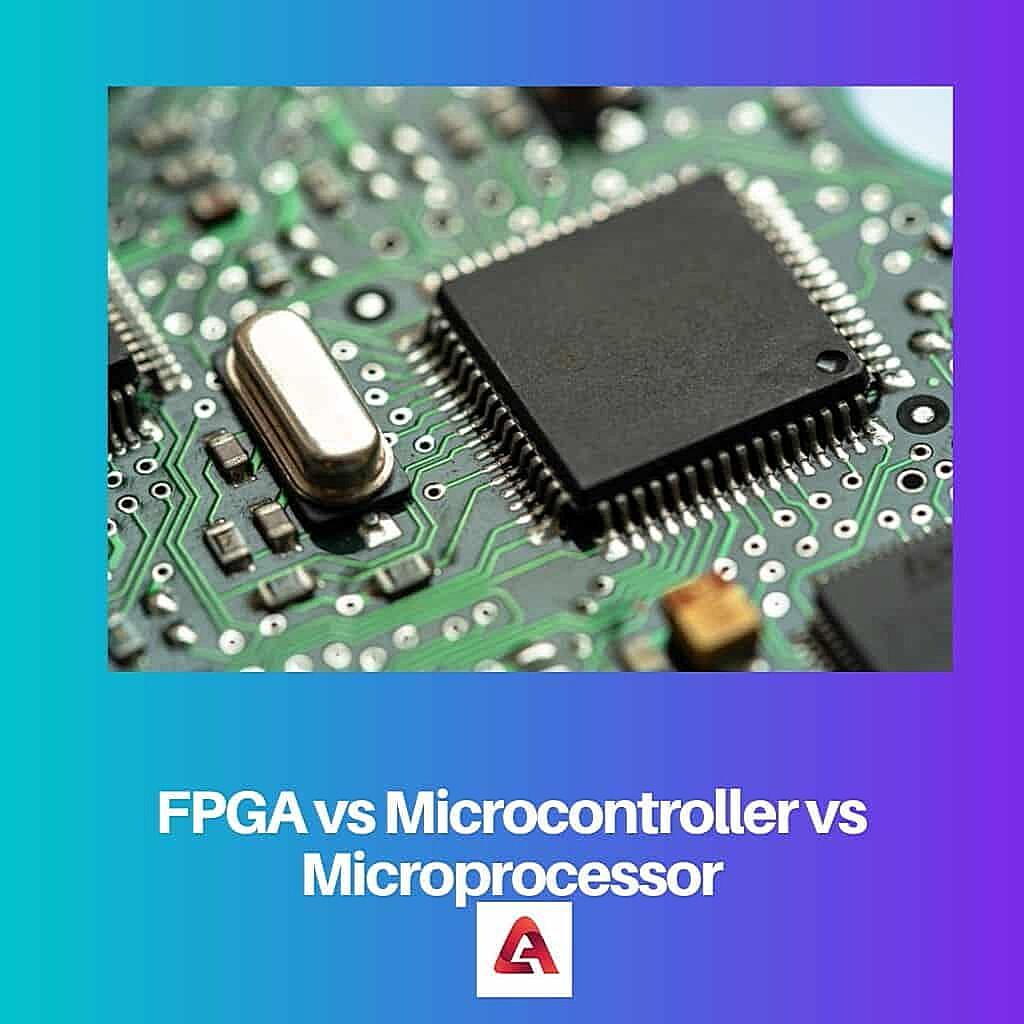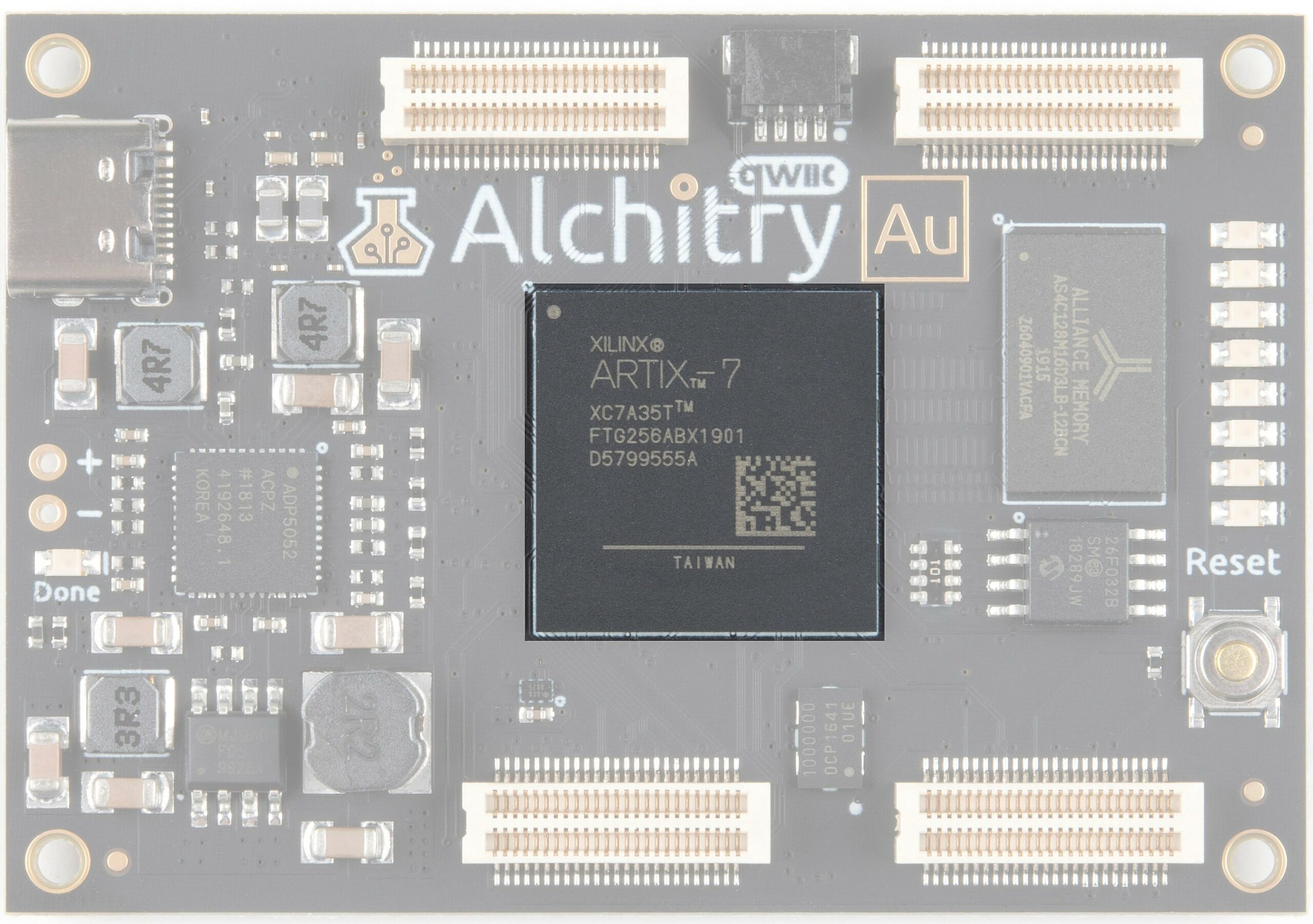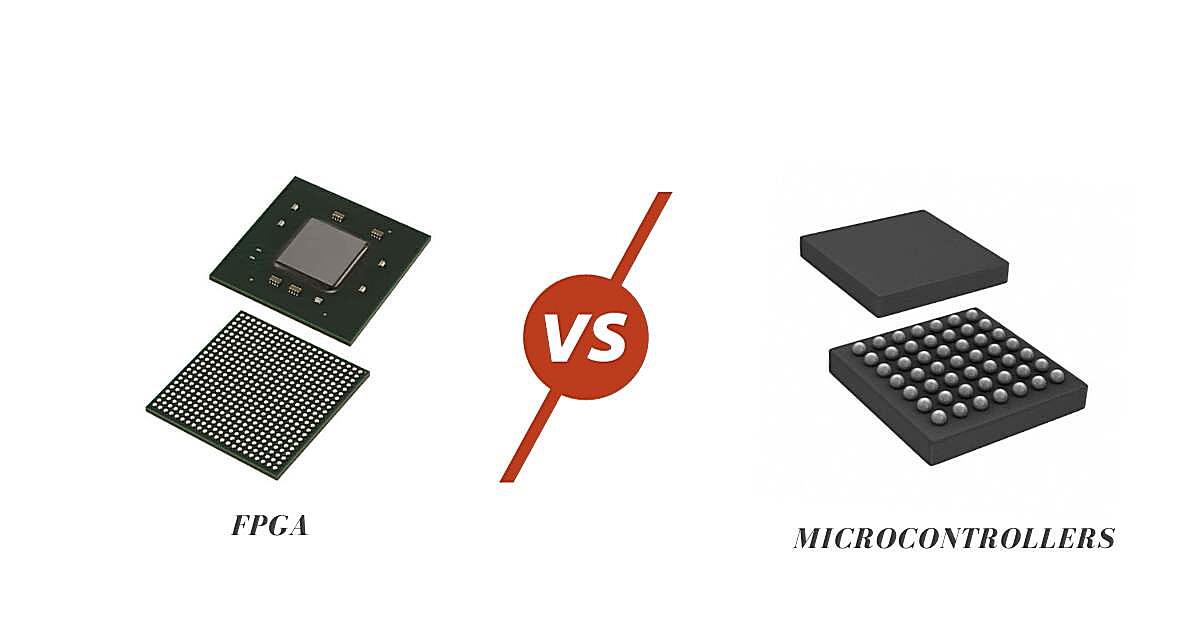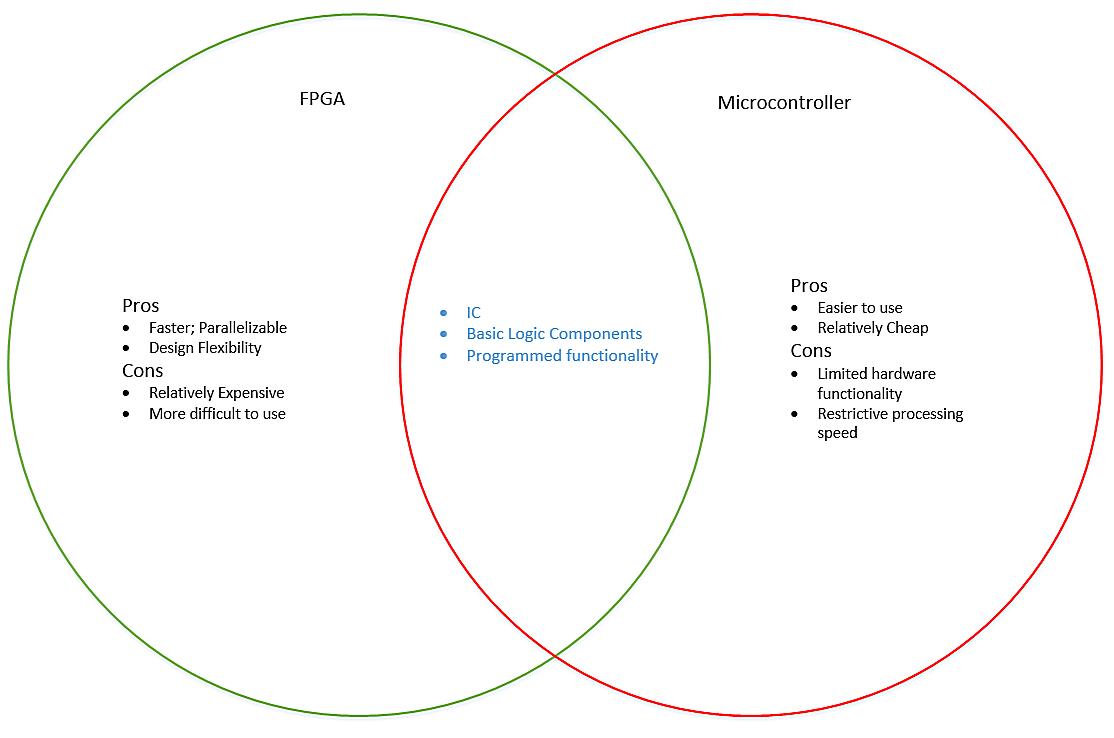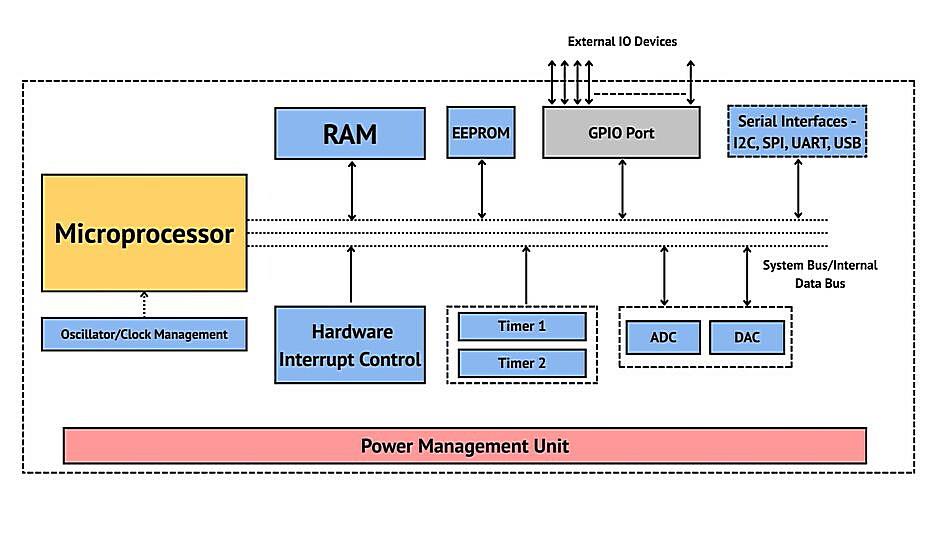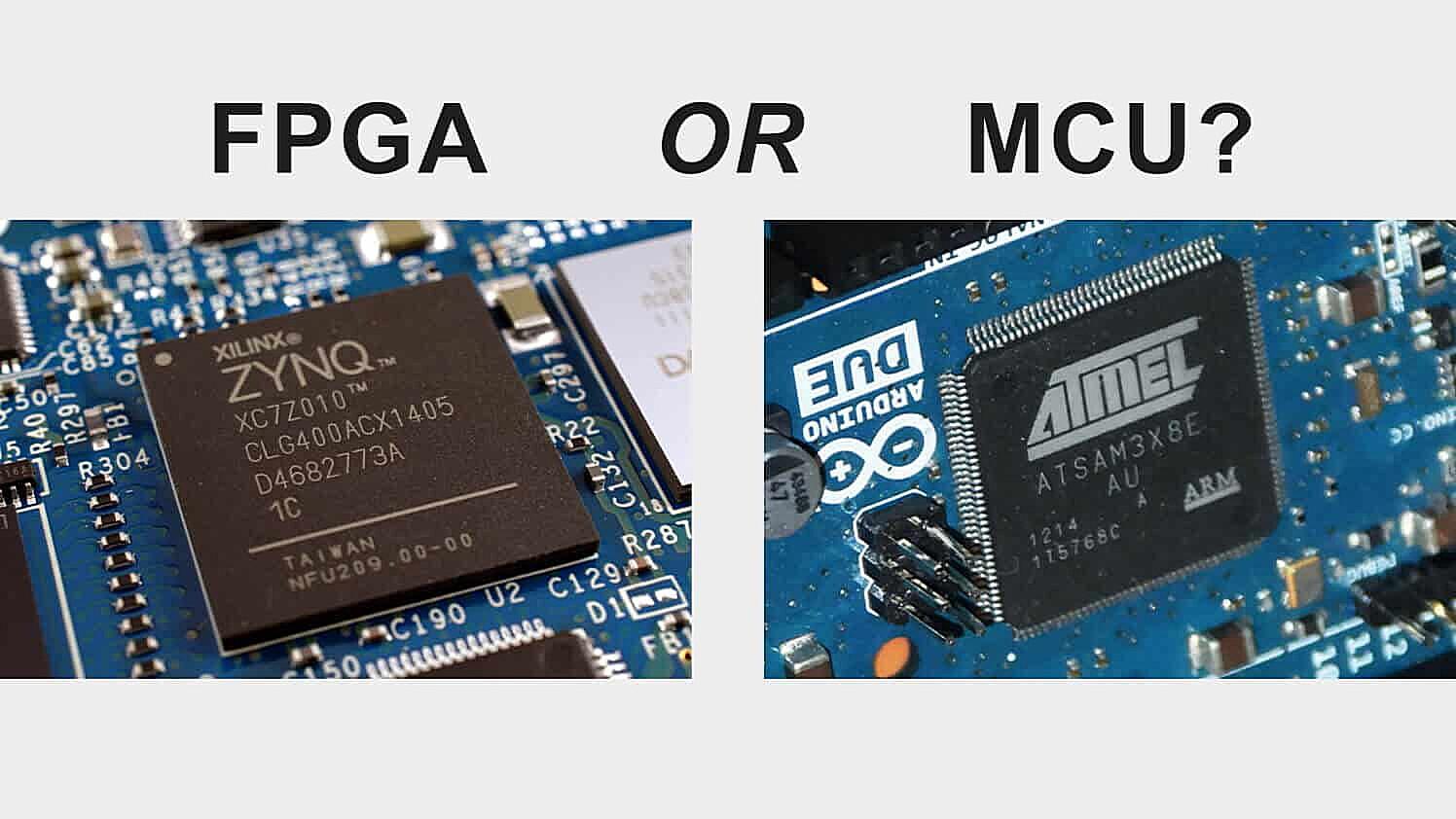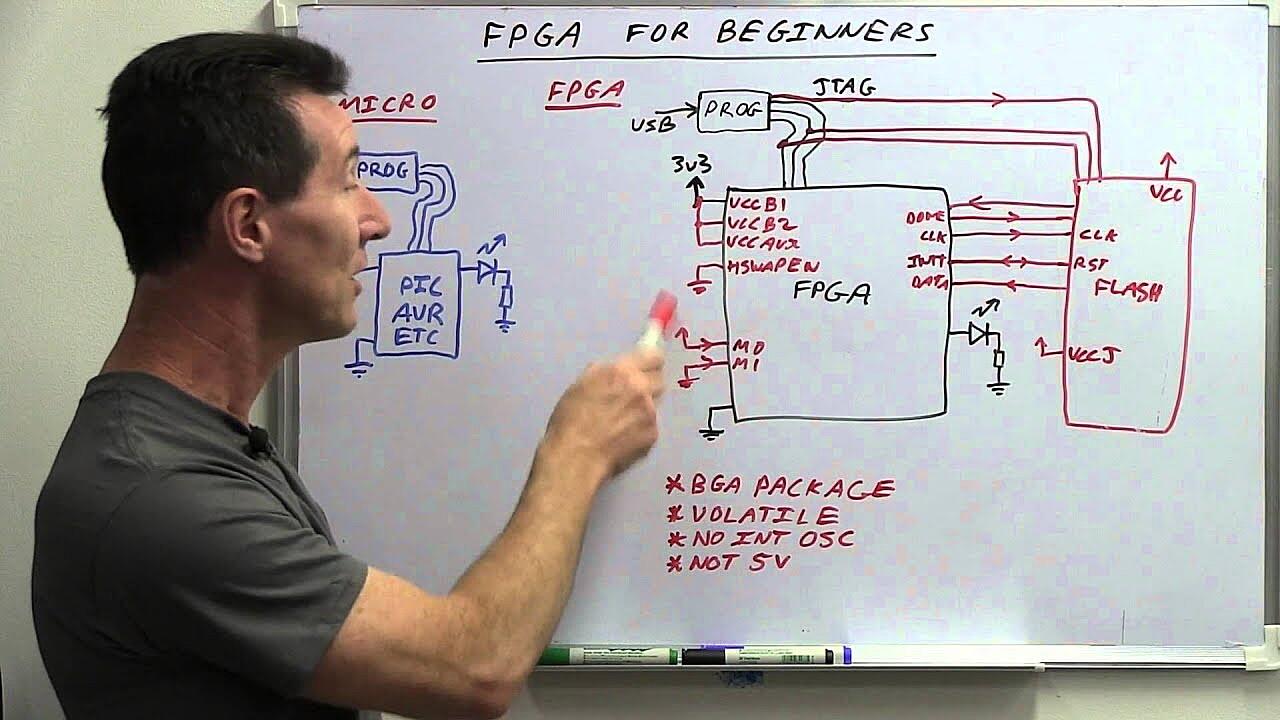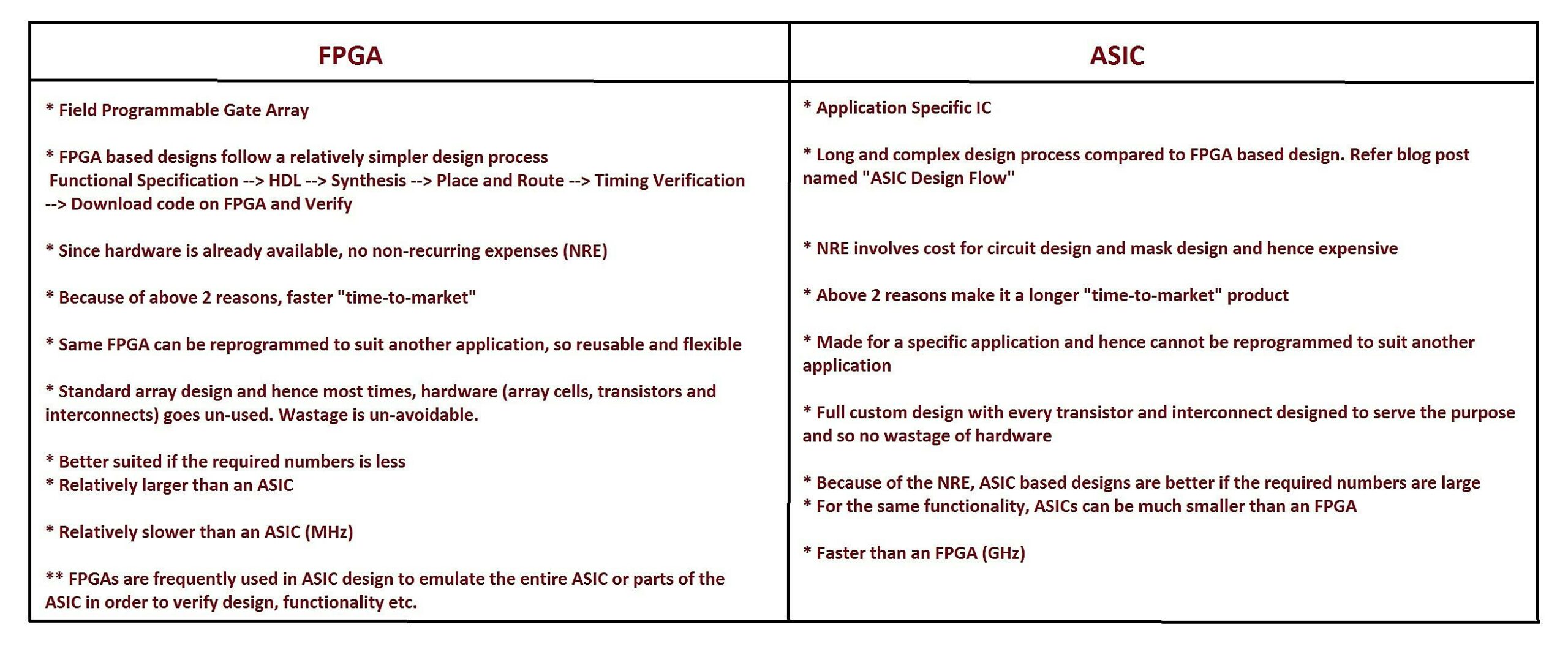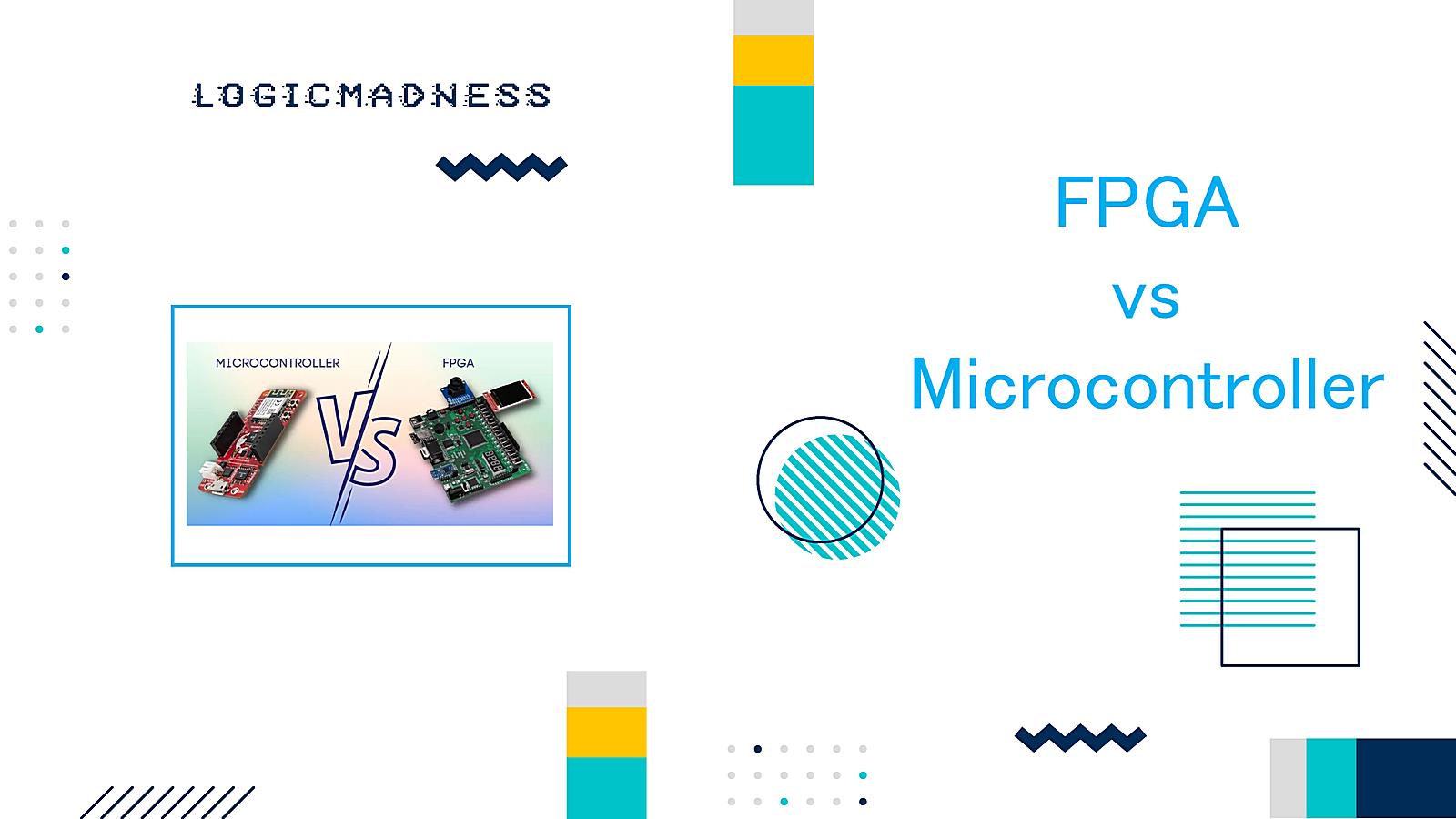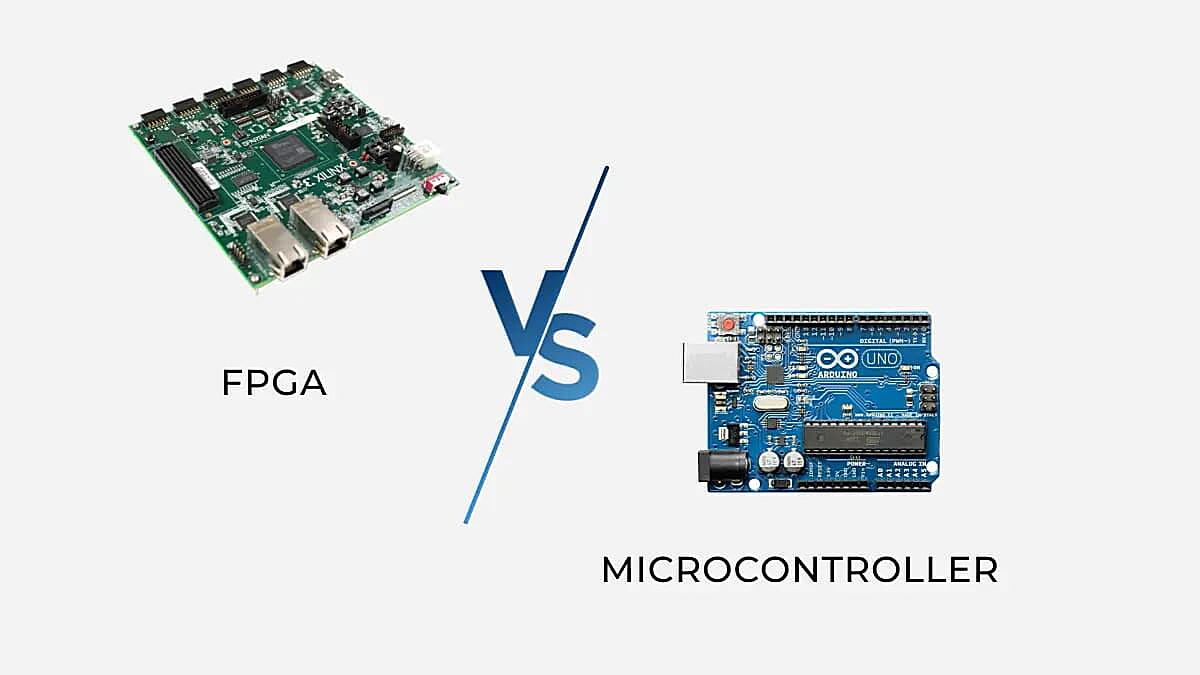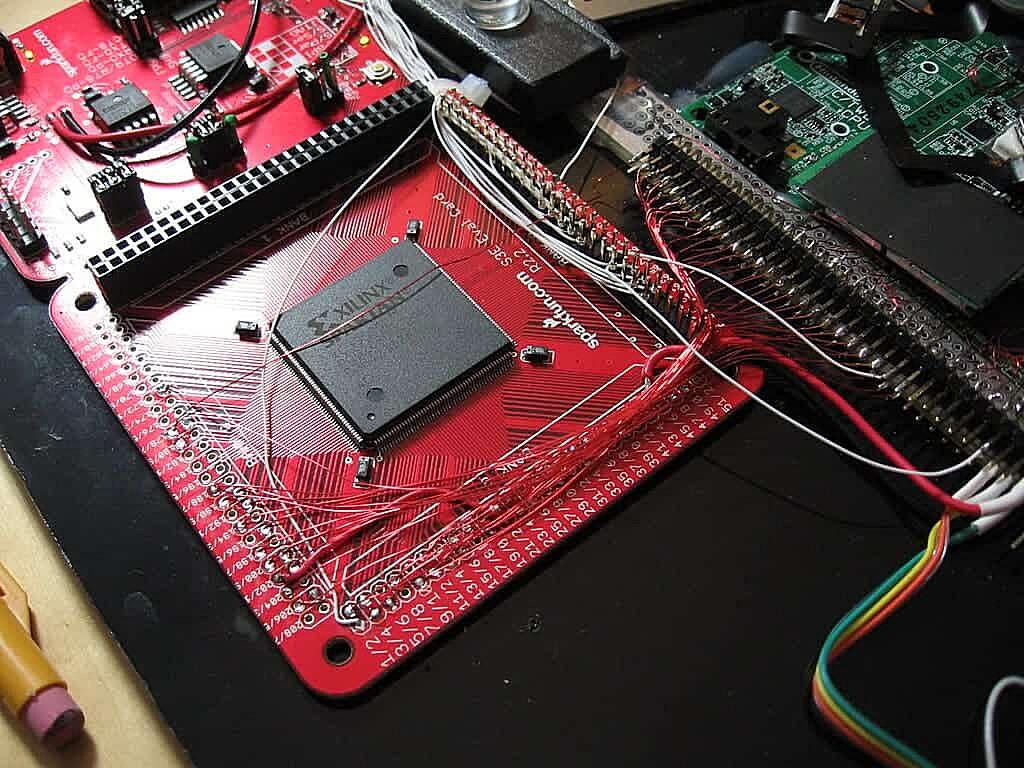FPGA vs. Microcontroller
1. Understanding the Core Differences
So, you’re embarking on a project, huh? And you’re wrestling with the age-old question: FPGA or microcontroller? It’s like choosing between a Swiss Army knife and a full-blown workshop. Both can get the job done, but knowing their strengths will save you a massive headache down the line. Think of a microcontroller as your trusty all-rounder, good for handling tasks sequentially and generally being user-friendly. An FPGA, on the other hand, is a blank slate, a digital canvas if you will, where you can build almost any digital circuit you can imagine. The right choice depends entirely on what youre trying to achieve.
Microcontrollers are those little chips that power everything from your washing machine to your fancy coffee maker. They excel at running pre-defined programs, handling input/output, and communicating with other devices. They are relatively easy to program, thanks to high-level languages like C and readily available libraries. Think of them as the workhorse of embedded systems, reliable and efficient for a wide range of applications. They have a fixed architecture, making them predictable and straightforward to use. But that fixed architecture also means they have limitations.
Now, FPGAs are a different beast altogether. Field-Programmable Gate Arrays are essentially reconfigurable hardware. Instead of running code line by line, they allow you to design custom digital circuits directly in hardware. This means you can perform operations in parallel, leading to blazing-fast performance for specific tasks. Imagine drawing your circuit diagrams and they became real, that is almost the case with FPGA.
But here’s the kicker: FPGAs are not for the faint of heart. They require a solid understanding of digital logic design and hardware description languages (HDLs) like VHDL or Verilog. The learning curve is steep, but the payoff can be enormous if you need raw processing power or extreme customization.
Why Consider an FPGA? The Need for Speed (and Flexibility)
2. Performance Demands
Let’s cut to the chase. The primary reason to opt for an FPGA is performance. If your application demands real-time processing, high-speed data acquisition, or complex algorithms running at warp speed, an FPGA is your best bet. Microcontrollers, being sequential processors, simply can’t compete with the parallel processing capabilities of an FPGA. Think high-frequency trading, image processing, or anything involving rapid data analysis. While a high-end microcontroller might be able to limp along, an FPGA will absolutely crush the competition.
Imagine you’re building a radar system that needs to process incoming signals at an incredibly high rate. A microcontroller would be swamped trying to keep up, resulting in missed detections and poor performance. An FPGA, on the other hand, can be configured to handle the signal processing pipeline in parallel, capturing and analyzing data in real-time. This is where FPGAs truly shine.
Beyond sheer speed, FPGAs offer unparalleled flexibility. Unlike microcontrollers with their fixed architectures, you can tailor the FPGA’s hardware to perfectly match your application’s needs. This means you can optimize resource utilization, reduce power consumption, and even implement custom communication protocols. It’s like having a hardware design team at your fingertips, ready to build the perfect solution.
Consider a scenario where you need to interface with a unique sensor that uses a proprietary communication protocol. A microcontroller might struggle to adapt, requiring complex software workarounds. An FPGA, however, can be configured to implement the custom protocol directly in hardware, providing a seamless and efficient interface.
When Microcontrollers Still Rule the Roost
3. Simplicity and Cost
Before you throw your microcontroller in the bin and run to the nearest FPGA vendor, let’s be clear: microcontrollers still have their place. And a very important place at that. For many applications, they offer a simpler, more cost-effective, and easier-to-manage solution. Think of them as the everyday heroes of the electronics world.
The primary advantage of microcontrollers is their simplicity. They are relatively easy to program, using high-level languages like C and Python, and there’s a wealth of documentation and support available online. This makes them ideal for beginners and projects with tight deadlines. You can get a simple microcontroller and have a basic program running within minutes. With FPGAs, it will take you longer just to get the development environment set up.
Cost is another significant factor. Microcontrollers are typically much cheaper than FPGAs, especially for low-volume applications. The development tools for microcontrollers are also generally more affordable. If you’re on a tight budget, a microcontroller is often the more practical choice. Also consider the overall project cost. FPGA projects often require specialized skills, which can translate into higher labor costs.
Consider a simple home automation project, like controlling a few lights and reading sensor data. A microcontroller would be perfectly adequate for this task, and the added complexity of an FPGA would be unnecessary overkill. Sometimes, the simple answer is the best answer.
Specific Use Cases
4. Real-World Examples
Okay, enough with the abstract comparisons. Let’s dive into some specific use cases to illustrate where each technology truly excels. This will help you visualize how these chips are used on real world applications.
FPGAs: Think of high-frequency trading. The ability to process market data and execute trades with minimal latency is critical. FPGAs are used to accelerate these operations, giving traders a competitive edge. Another prime example is medical imaging. FPGAs are used in MRI and CT scanners to process large amounts of image data in real-time, enabling faster and more accurate diagnoses. Another area is telecommunications. FPGAs are vital in the infrastructure that drives telecommunications, allowing fast transfer of signal. Furthermore, you can see FPGA is in defense systems where they are used for radar processing, signal intelligence, and other mission-critical applications that demand high performance and reliability.
Microcontrollers: Think of your everyday appliances like washing machines and toasters. They use microcontrollers to control timers, sensors, and other basic functions. They are also common in remote controls, toys, and simple embedded systems. Another good example is automotive applications. Microcontrollers are used extensively in cars for engine control, anti-lock braking systems, and infotainment systems. You will also find them powering IoT devices, such as smart sensors and wearables, which often rely on microcontrollers for their low power consumption and ease of integration. From robotics, you will also find microcontroller in action because robots need real time decisions.
Seeing them in action can help you decide on which of the two would be the better fit for you.
Making the Decision
5. Weighing Your Options
So, how do you ultimately decide? It boils down to carefully evaluating your project’s requirements and constraints. Ask yourself these questions before making a decision.
Performance: Does your application require real-time processing or high-speed data acquisition? If so, an FPGA might be the better choice. If your requirements are less demanding, a microcontroller may suffice.
Complexity: Are you comfortable working with HDLs and digital logic design? If not, a microcontroller might be a more manageable option. On the other hand, If you are comfortable with digital logic design, then maybe the world of FPGA is a good fit for you.
Cost: What is your budget? Microcontrollers are generally more affordable than FPGAs, especially for low-volume applications. Don’t forget to factor in development costs and the cost of specialized skills.
Time-to-Market: How quickly do you need to get your product to market? Microcontrollers typically have a shorter development cycle than FPGAs.
Flexibility: Do you need to customize the hardware to perfectly match your application’s needs? If so, an FPGA offers more flexibility. If the problem is well defined then the microcontroller will be an easier fit.
Ultimately, the best choice depends on your specific needs and priorities. There’s no one-size-fits-all answer. Consider the trade-offs carefully and choose the technology that best aligns with your project’s goals.
FAQ
6. Answering Your Burning Questions
Still got questions? Don’t worry, you’re not alone. Here are some frequently asked questions to help clear things up.
Q: Can I use both an FPGA and a microcontroller in the same project?
A: Absolutely! In fact, this is a common approach. You can use the microcontroller for tasks like managing peripherals and handling user interfaces, while offloading computationally intensive tasks to the FPGA. This allows you to leverage the strengths of both technologies.
Q: Are FPGAs difficult to program?
A: The learning curve for FPGAs is steeper than for microcontrollers. They require a solid understanding of digital logic design and HDLs. However, with the right training and resources, they are definitely achievable.
Q: Are FPGAs more power-hungry than microcontrollers?
A: It depends. FPGAs can consume more power than microcontrollers, especially when running at high speeds. However, they also offer opportunities for power optimization through careful design and configuration.
Q: Can I use C/C++ to program an FPGA?
A: While HDLs like VHDL and Verilog are the primary languages for FPGA development, there are high-level synthesis (HLS) tools that allow you to use C/C++ to describe hardware designs. However, HLS typically requires some understanding of the underlying hardware architecture.
